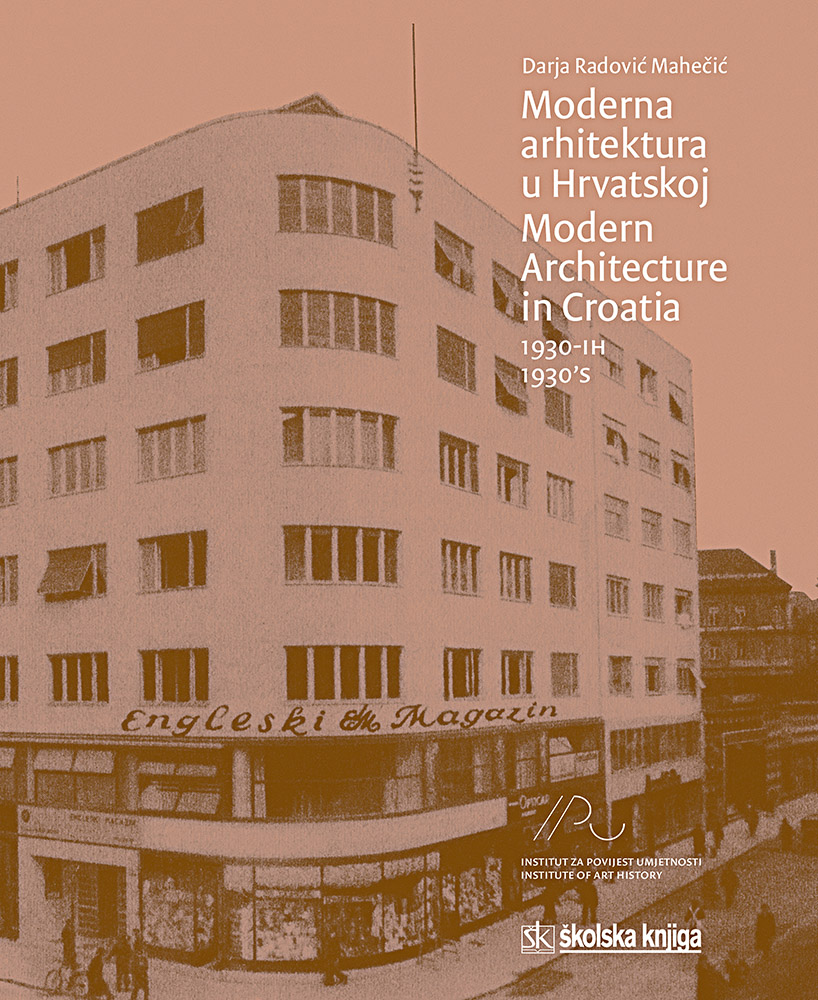Modern Architecture in Croatia in the 1930s

26/11/2019
Modern Architecture in Croatia in the 1930s
Led by: Dr Darja Radović Mahečić
In our second collaboration with the British Croatian Society, Darja Radovic Mahecic will talk on the theme of her book Modern Architecture in Croatia 1930s. She will examine the importance of the period between the two World Wars for the urbanization of today’s Croatia, and discuss the flowering of the modern architecture movement, which was recognised as the language of the new era and the new social order.
The capital city of Zagreb was especially important as a centre for the new architecture; the national metropolis became the cultural focus and playground for architects who worked successfully across Croatia, winning many first prizes in both Yugoslav and international architectural competitions. Throughout the 1920s and 30s architects took on the challenge of Zagreb's new role with energy and imagination, developing strategies for generating the modern city with carefully conceived architectural projects. Instrumental in developing Zagreb's architectural prowess were two newly established architectural schools: the Technical University and Master Class of the Academy of Fine Arts (directed by architect Drago Ibler), as well as the City building department (directed by Ivan Zemljak).
Other cities, too, played an important role in promoting the new style and in helping to disseminate ideas around the coast and to the distant islands; modern architecture was built in Split, Dubrovnik, Rijeka and Zadar amongst others.
Although the rich residential villas perhaps stand out in displaying the formal style, architects were also engaged in creating important buildings for many other uses; apartment blocks; commercial and administrative buildings; inovative schools, hospitals, hotels, mountaineers hostels, fairs, churches, housing estates; and settlements for refugees.
Many of the 1930s landmarks have stood the test of time and remain provocative and surprising even today, highlighting the 'specifically different' modern architecture of Croatia.
Dr Darja Radović Mahečić is a Croatian art historian and researcher who lives in Zagreb, Croatia and Geneva, Switzerland. Her main areas of interest are city design and modern architecture in Central Europe and she has published widely on these subjects, having produced many books, papers, articles and reviews. She is currently engaged as consultant on several restoration projects of listed buildings, as well as on studies of urban development and town-planning competitions.
Meet time/place: 6.00 for 6.30pm at the Croatian Embassy, 21 Conway Street, London W1T 6BN
C20 Members wishing to attend should email britishcroatiansociety@gmail.com as places are limited.
Back